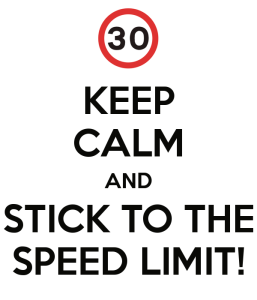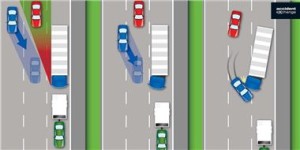 The IAM have just sent me details of recent research from a behavioural psychologist confirming what I/we know to be true.
The IAM have just sent me details of recent research from a behavioural psychologist confirming what I/we know to be true.
That male and female motorists are different and respond differently to behavioural triggers.
What intrigued me most was that 80% of women found bad driving to be a real turn off (ie they are talking about men here) whereas only 48% of men felt that way about women drivers.
Now I’m not sure that these percentages are borne out of driving ability by gender (let’s not go there, I’m not feeling that brave today…) but it does suggest that if you want to impress the opposite sex, more men than women need to drive better than they do.
In this study, 50 participants – 25 women and 25 men – took part to detect the impact of bad driving on their levels of attraction. Reactions were measured in terms of pupil dilation, blink rate, pulse rate, body language and a questionnaire. Here’s how they fared…
Key findings
+ 80% of women found bad driving a turn off
+ 60% of women displayed an increase in pulse rate indicating stress levels watching footage of bad driving
+ Attraction levels in women dropped by nearly 50 per cent after watching footage of bad driving
+ Women showed signs of anxiety while watching a man driving badly –furrowing their brows and shaking their heads
+ 88 per cent of women said they’d prefer to date someone who is always late, than one who breaks the speed limit
+ After footage of good driving, 24% of women felt more positive towards the driver.
Women’s top five driving turn-offs
1. Illegal overtaking
2. Road rage
3. Bad parking
4. Texting while driving
5. 3-point turn
Driving that impresses women
Fortunately guys there are ways to check out, improve your driving and impress her in future. If you are as good a driver as you say you are (there’s the FOXY gauntlet guys) why not take a totally free driver assessment from the IAM to be sure it’s not you behind the wheel she’s turned off by.
And ladies, this offer is equally as appropriate for you because it’s often the confidence boost we need to prove our safer driver gender record.
And whether we are good, bad or indifferent drivers, EVERYONE can improve their skills so what’s not to like about this IAM offer?
Here’s how to claim this offer
You can claim this totally FREE offer and be sure there’ll be no follow up spam or efforts to sell you more training.
Here’s the information and link you need.
Clearly the IAM hopes you WILL want more trainin afterwards and if you do, I suggest you read my review of the Skill For Life programme that sorted my driving out and gave me back my driving confidence after being injured in a road accident.
This free offer is valid until the end of the year and comes with no obligation in terms of future driver training. Although it sounds to me as if a lot of male drivers could do with taking this further, if they want to impress their date in future…




